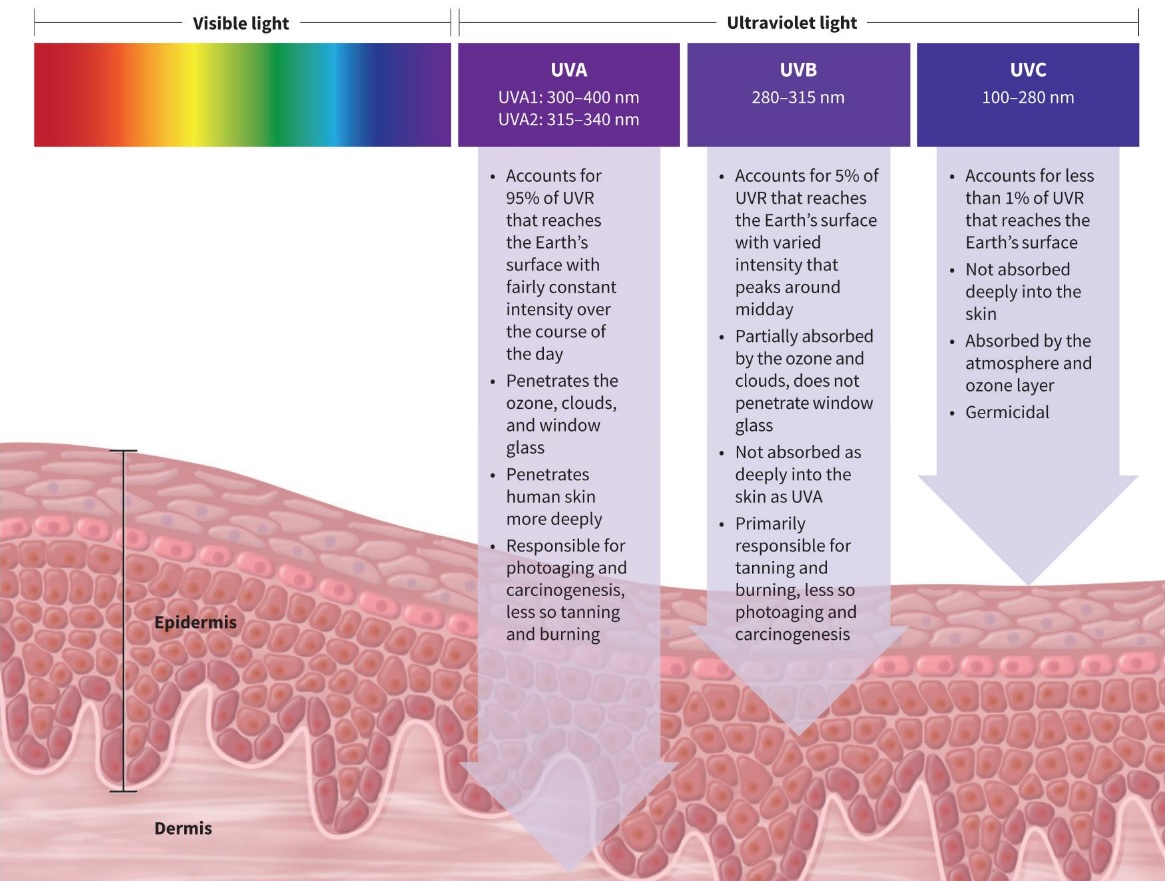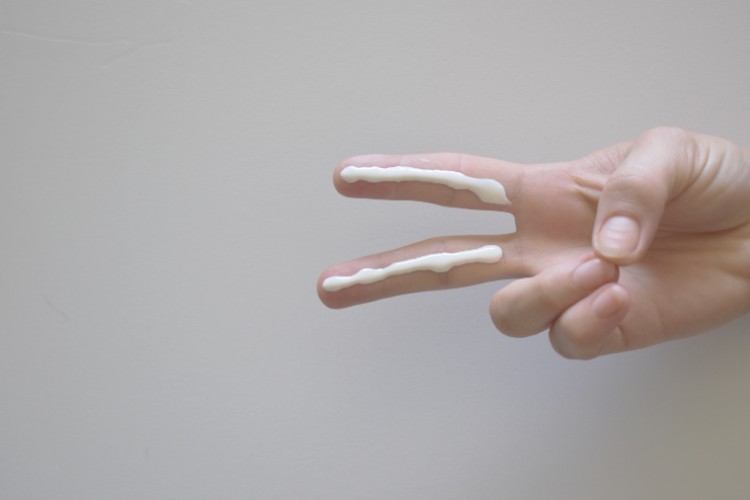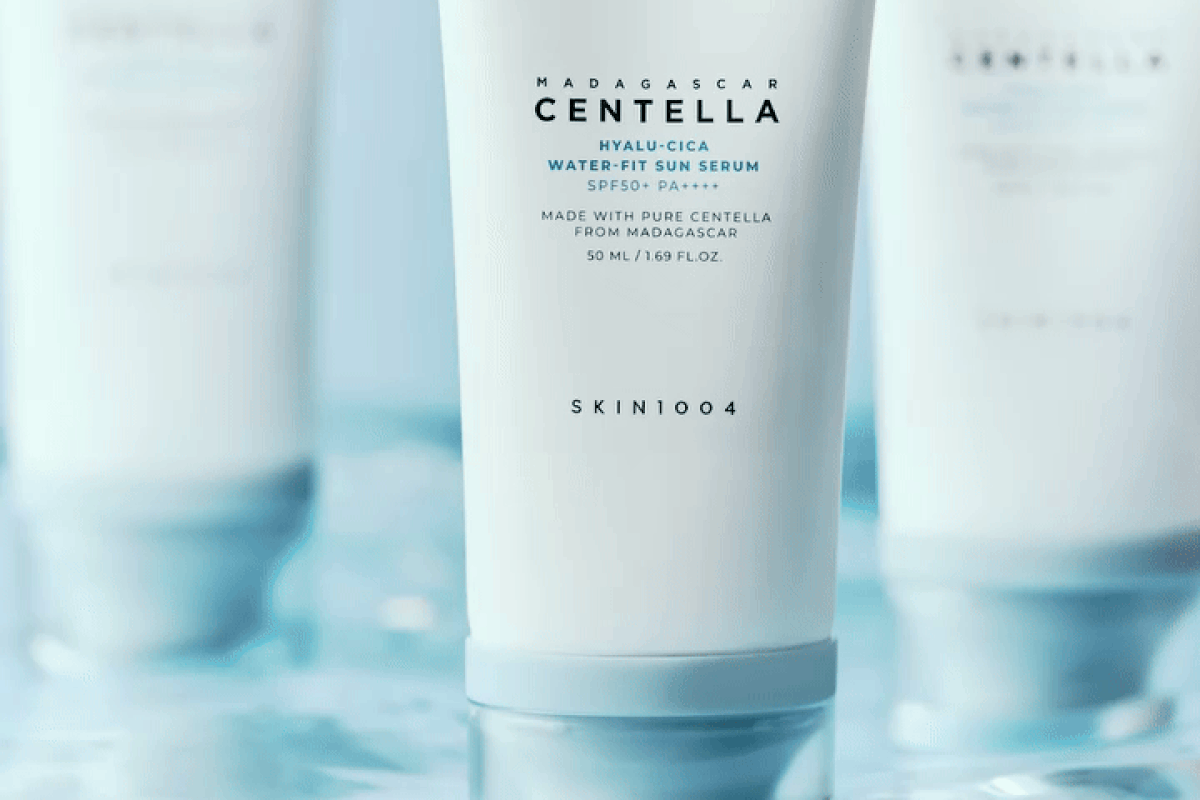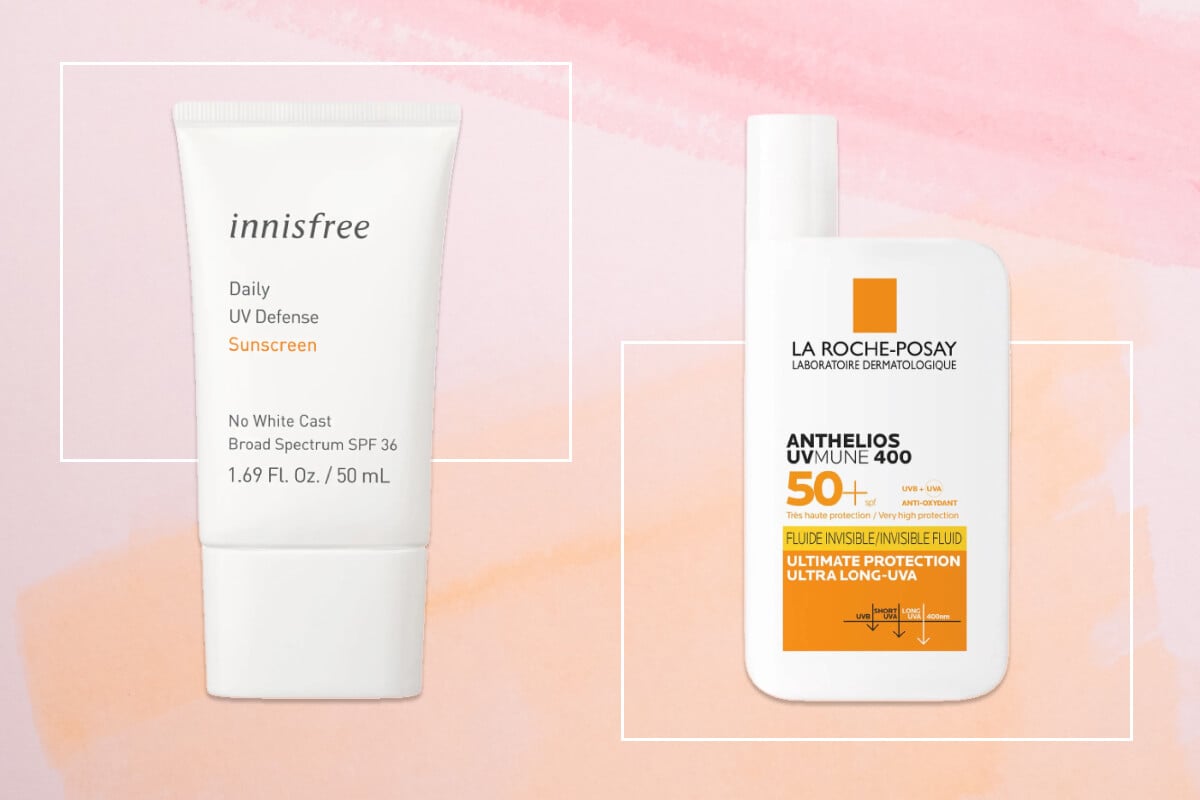As any dermatologist will tell you, protecting skin against UV damage is a year-round commitment. While you know you should be applying sunscreen every morning to help defend your skin against premature aging signs and skin cancer, a crucial question remains: how much SPF do you actually need? It’s likely a question most people have turned over in their heads at one point or another, and so we decided to clarify this tiny but very essential aspect in this post.
What does SPF mean?
According to the Skin Cancer Foundation, the sun protection factor (SPF) value represents how long the UV radiation would take to redden your skin when using the product exactly as directed versus the amount of time without sunscreen.[1] With SPF 30, it would take 30 times longer to burn your skin than if you weren’t wearing sunscreen. A sunscreen with SPF 30 allows about 3% of UVB rays through, whereas SPF 50 allows about 2% onto your skin. It seems like a slight difference, but the truth is that SPF 50 allows 50% less UV radiation to hit the skin than SPF 30. However, anything beyond SPF 50 makes little difference in the risk of UV damage, and no sunscreen can give 100% protection from UVB rays.
How much SPF do you need?
According to dermatologists, everyone should use an SPF of 30 or higher, regardless of age or skin tone. Even though fair skin is likely to absorb more solar energy than dark skin under the same conditions and is more predisposed to skin cancer, the AAD recommends regular sunscreen use with an SPF of 30 or higher for people of all skin types and tones.[3]
To get the expert scoop, I turned to Dr. Meg Sison, Board-Certified Dermatologist, and asked how much SPF we need every day. “Go for sunscreens with an SPF of at least 30. This blocks 97% of UVB rays. Higher numbers of SPFs block slightly more of the sun’s UVB rays, but no sunscreen can block 100% of the sun’s UVB rays. It’s important to use other means of photoprotection as well, like seeking shade when the UV rays are those most intense (10 AM-4 PM), using wide-brimmed hats, UV protective clothing, and UV protective eyewear”, she affirms.
It is worth mentioning that the SPF rating only refers to UVB protection. So when you purchase your sunscreen, make sure it gives broad-spectrum SPF, meaning it protects against both UVA and UVB.

- UVA: accounts for 95% of UV rays that reach the Earth’s surface and penetrate the ozone, clouds, and window glass. UVA rays penetrate more deeply into the human skin and are responsible for photoaging, skin cancer, burning, and tanning.
- UVB: accounts for 5% of UV rays that reaches Earth’s surface as the ozone and clouds partially absorb it. UVB rays aren’t absorbed as deep as UVA in the skin and don’t penetrate glass, but they’re still responsible for skin tanning and burning.[3]
Does higher SPF mean better protection?
A higher SPF number doesn’t necessarily mean better defense against sun damage. In fact, the US Food and Drug Administration proposed banning sunscreens labeled with SPF higher than 60 as there’s no scientific evidence to show that they give more protection.[2]
How much sunscreen to apply on the face
Generally, you should apply enough sunscreen to cover your entire face, but the amount differs from person to person. “The recommended amount of sunscreen application is 2mg/cm2, which is 1/2 tsp of sunscreen on the face and neck. It is important not to forget to apply on the eyelids, ears, and back of the neck as well because these are the commonly missed spots”, dermatologist Meg Sison claims.
You can use the two-finger rule to ensure you have more chances of getting the sun protection listed on the product. This technique requires applying two finger-length lines of sunscreen on your index and middle fingers and using it for your face, neck, and ears. See the picture below.

Summary
An SPF rating dictates how long you can stay in the sun without getting burned. If it takes 15 minutes to burn without SPF and you apply sunscreen with 10 SPF, it’ll take ten times longer to burn in the sun, aka 2.5 hours. Basically, it’s a measure of the time it would bring your skin to sunburn if you weren’t wearing SPF instead of the time it would take with sunscreen. Hence, higher SPF doesn’t mean better sun protection, just that you’ll stay protected in the sun longer. This denotes you should apply 10 SPF more frequently than 30 SPF. Ideally, however, it’s to use sunscreen with 30 SPF or higher and apply it every two hours when you spend time outdoors.
Footnotes
Women’s Concepts uses reliable sources, including dermatologists’ insights, clinical trials, and scientific journals, to find accurate information and support all the facts shared in our articles. All statements and claims have clear and legit references. Read our editorial policy to learn more about our sources of information, our process of researching and fact-checking the content, and how our team strives to keep all articles updated, completed, and trustworthy.
- Skin Cancer Foundation, Ask the Expert: Does a High SPF Protect My Skin Better? June 9, 2020,
- Federal Register, The Daily Journal of the United States Government, Sunscreen Drug Products for Over-the-Counter Human Use, A Proposed Rule by the Food and Drug Administration on 02/26/2019
- Sander M, Sander M, Burbidge T, Beecker J. The efficacy and safety of sunscreen use for the prevention of skin cancer. CMAJ. 2020 Dec 14;192(50):E1802-E1808. doi: 10.1503/cmaj.201085. PMID: 33318091; PMCID: PMC7759112.





